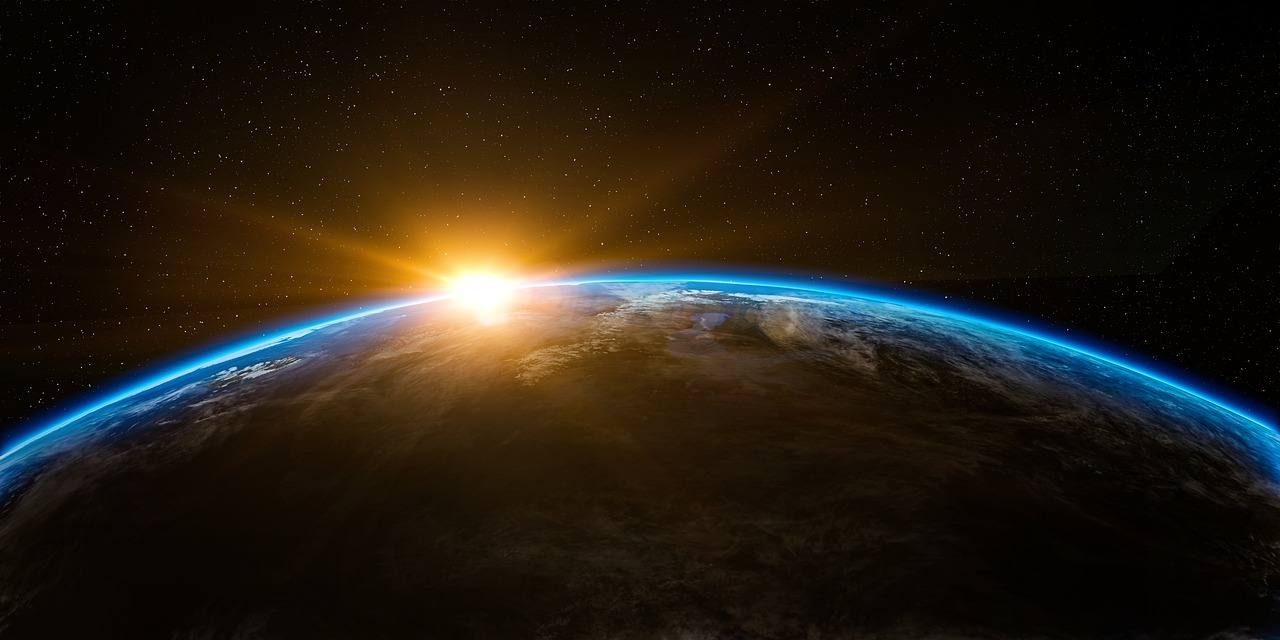The meeting was held over two days in Seville, Spain, last week, with ministers from ESA member nations considering how much money to allocate and for what.
At the conclusion, ESA director general Jan Woerner said ESA was able to get approval for all initiatives included in its budget proposal, with some minor changes.
“You have a happy DG in front of you,” he said at the wind-up press conference.
ESA sought €12.5 billion for three years and €14.5 billion over five years for its mandatory programs. The ministers approved €12.45 billion for the next three years and €14.39 billion over five years.
Woerner said that was sufficient to fund all programs it requested, unlike in 2016 when the ministers knocked back a proposed asteroid mission, a follow-on to the NASA Double Asteroid Redirect Test (DART) mission to the asteroid Didymos and its small accompanying moon, aptly named Didymoon.
That will be the first ever purely planetary defence mission with the intention to crash a probe into a (non-threatening) asteroid to determine if its orbit can be altered.
The proposed ESA Hera mission would land a probe on Didymoon to examine the impact crater to gain a clearer idea of the asteroid mass – useful information when assessing the overall outcome of DART.
ESA wanted €600 million for its space safety programs and received only €432 million, enough to fund work on the Hera mission.
However, a space weather mission planned to operate at the Earth-sun L5 Lagrange point will now concentrate on instrument development over the next three years.
Woerner said ESA could do what it wanted to do but some work would be delayed.
However, ESA Earth observation programs received more funding than ESA actually sought – €2.54 billion euros rather than €2.39 billion.
That includes 29 per cent more than the ESA contributions to the European Union Copernicus program for environmental and climate change monitoring.
Josef Aschbacher, director of ESAs Earth observation programs, said additional funding would be used for new instruments for measuring atmospheric carbon dioxide levels with increased accuracy.
ESA space exploration programs received €1.95 billion against a request of €1.98 billion.
The funding will allow ESA to proceed with work on two modules for the NASA-led lunar Gateway, the outpost orbiting the moon.
That’s the refuelling and telecommunications ESPRIT (European System Providing Refuelling, Infrastructure and Telecommunications) module and a habitation module to be developed with Japan.

